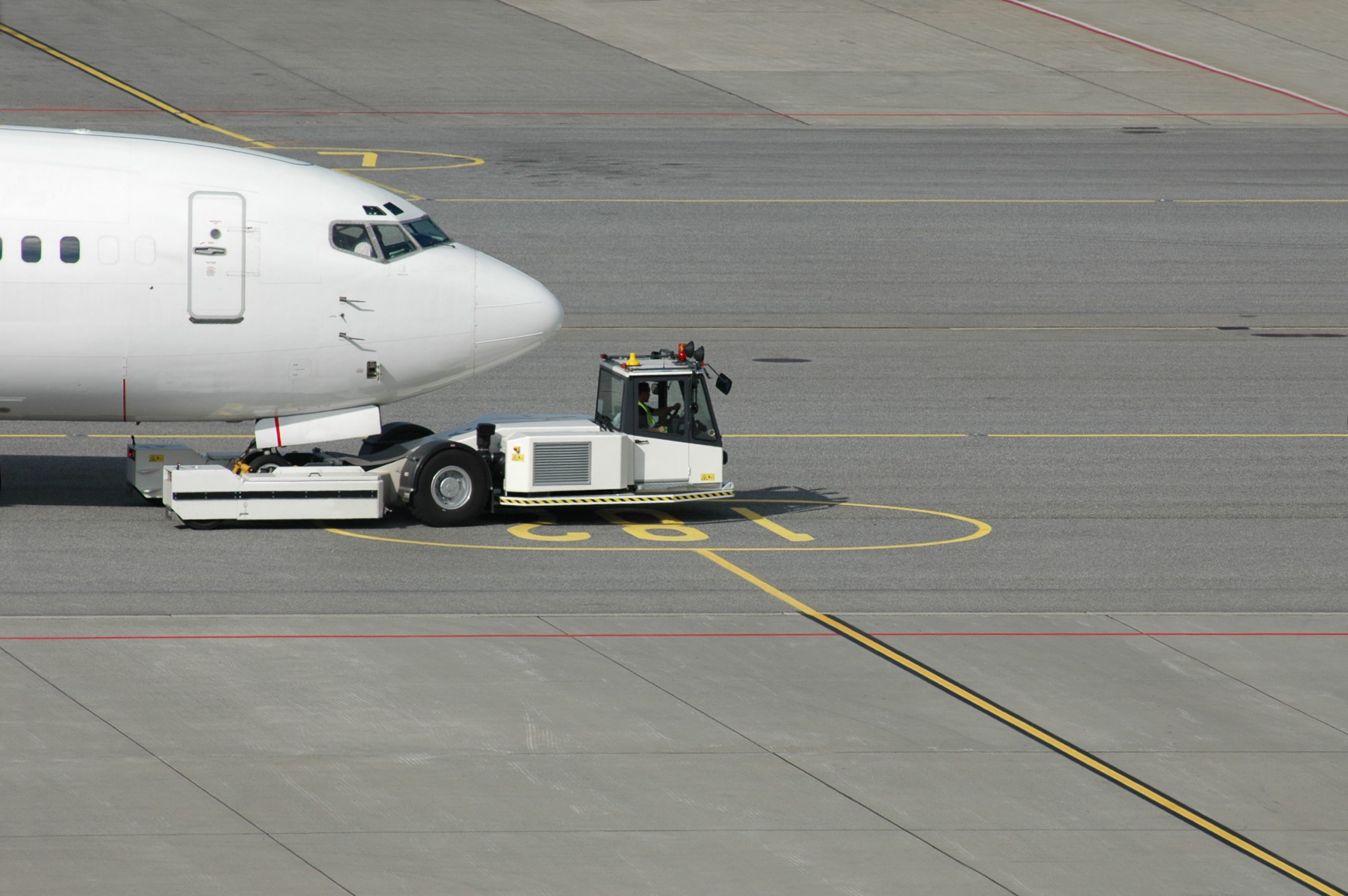Back during the pandemic period when aviation was virtually at a complete stop, it’s hard to fathom just how far the aviation industry has come. The recovery is nothing short of remarkable as evidenced by the latest data from the International Air Transport Association (IATA). The world’s busiest flight routes further demonstrate the industry’s resilience and recovery. That’s not to say that aviation still does not have its challenges. Cybersecurity for one has become a top priority as it has for every industry, ground handling has become a particular target of escalating cyberattacks which has prompted the European Union Aviation Safety Agency (EASA) to propose new regulations. Read more in our aviation wrap-up January.
Air Travel Fast Approaching Pre-Pandemic Levels
Wow. Who would have imagined back in 2019 that air travel in Q4 2023-Q1 2024 would be almost back to its pre-pandemic levels? Well, that’s exactly where we are. According to IATA, air travel demand topped 99% of 2019 levels in November 2023. What’s more, domestic traffic for that month was up 34.8% compared to November 2022. IATA also noted that the total domestic traffic in November 2023 was 6.7% above the November 2019 level.
Some regions’ growth was especially impressive. China, for example, experienced a 272% growth rate during the studied period, while domestic travel in the United States realized a 91% in November 2023 over November 2019 driven by robust Thanksgiving holiday travel.
According to IATA’s Director General Willie Walsh, “We are moving ever closer to surpassing the 2019 peak year for air travel. Economic headwinds are not deterring people from taking to the skies. International travel remains at 5.5% before pre-pandemic levels but that gap is rapidly closing. And domestic markets have been above their pre-pandemic levels continuously since April.”
Walsh also noted the importance of aviation’s rapid recovery to both the general public and businesses. He added, “In parallel to aviation’s recovery governments recognized the urgency of transitioning from jet fuel to sustainable aviation fuel (SAF) for aviation’s decarbonization.” He cited that, at The Third Conference on Aviation Alternative Fuels in November, governments agreed,”…we should see 5% carbon savings by 2030 from SAF.”


EASA Proposes Ground Handing Cybersecurity Regulations
With its reliance on various information and operational technologies (OT) to facilitate aircraft, baggage, and passenger operations, ground handling has become increasingly targeted by cyber criminals. These cyberattacks have not gone unnoticed and now the EASA is aiming at changing the narrative with proposed cybersecurity regulations for ground handling. These regulations would be a departure from largely self-regulated ground handling operations. To date, ground handling operational arrangements, including those affecting safety, are left between ground handlers and their aircraft operator clients. This would change under EASA’s proposed regulations.
Specifically, EASA is proposing:
- A new oversight approach assumed by competent authorities. The goal would be to eliminate multiple verification of the same activities and organizational aspects thereby reducing the high number of audits performed primarily by aircraft operators. Under the EASA proposal, it is believed that organizations can realize improved resource allocation, moving from auditing to better management of their operations’ safety. Overall responsibility for aircraft safety and flight safety would be retained by the aircraft operators.
- Requiring ground handling organizations and self-handling aircraft operators performing commercial air transportation operations with airplanes to self-declare their compliance with the EU requirements This can be achieved in one of two ways: by applying operational procedures they have developed, or by applying industry standards and best practices developed and continuously improved by the industry over the past ten years.
- Ground handling organizations would have to prove that they have a management team proportionally aligned to their operations’ complexity encompassing a safety management system.
The EASA regulation is slated for publishing in 2024 or early 2025.
These Are The Busiest Routes in January
Air traffic is booming especially on certain routes. Based on data presented by Schedules Aviation the world’s ten busiest domestic airline routes are:
- CJU-GMP – Jeju International – Seoul Gimpo – 1,233,296 seats
- CTS-HND – Sapporo New Chitose – Tokyo Haneda – 965,640 seats
- FUK-HND – Fukuoka – Tokyo Haneda – 964,425 seats
- HAN-SGN – Hanoi – Ho Chi Minh City – 860,682 seats
- MEL-SYD – Melbourne – Sydney – 723,130 seats
- JED-RUH – Jeddah – Riyadh – 688,985 seats
- PEK-SHA – Beijing – Shanghai Hongqiao – 657,294 seats
- HND-OKA – Tokyo Haneda – Okinawa Nah – 648,586 seats
- BOM-DEL – Mumbai – Delhi – 643,002 seats
- SHA-SZX – Shanghai Hongqiao – Shenzhen – 602,444 seats
A footnote to these busiest routes:
- Jeju (CJU) to Seoul (GMP) has experienced a decrease in capacity of 3% compared to December 2023.
- Hokkaido’s Chitose Airport (CTS) to Tokyo Haneda (HND) has seen its capacity increase by 2% over December 2023.
- Fukuoka (FUK) to Tokyo Haneda (HND) is just 1,215 seats behind the second busiest route.
- Jeddah (JED) to Riyadh (RUH) saw a 1% increase in capacity over December 2023.
- Beijing (PEK) to Shanghai Hongqiao (SHA) had its biggest drop in capacity, 6%, in January 2024 compared to December 2023.
>> Amidst the remarkable recovery highlighted in our aviation wrap-up January, what aspects of the industry’s resurgence surprise you the most? How do you foresee the proposed cybersecurity regulations impacting ground handling operations? Share your thoughts in the comments below.





0 comments on “Aviation Wrap-up January 2024: Recovery Spotlight”